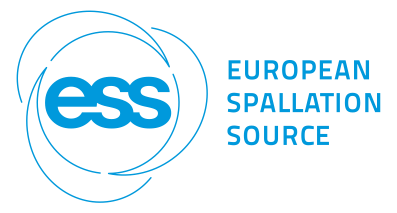Speaker
Prof.
Paul Burn
(The University of Queensland)
Description
The active film in all organic optoelectronic devices have interfaces with a range of different length scales and types: molecular, bulk, organic-organic, and organic-inorganic. Thus, controlling the structure of the active film and the interfaces within organic optoelectronic devices plays an important role in optimising their performance. Neutron techniques such as neutron reflectometry and small angle neutron scattering are important methods for studying the physical structures of (macro)molecules and their interactions non-destructively in solution and/or the solid state. We have previously reported that neutron reflectometry with *in situ* photoluminescence measurements can provide important information on what happens to the layers within the films typically used in organic light-emitting diodes under thermal stress. We find there is a strong relationship between the glass transition temperature, interlayer diffusion, and emissive properties of OLED films. In particular, diffusion is initiated when the lowest Tg (glass transition temperature) material present in the sample is heated above the transition changing from an amorphous glass to a supercooled liquid state. The supercooled liquid state enhances the mobility of the molecules at the layer interfaces. When the Tgs of the materials in the adjacent layers are significantly different, the high Tg molecules preferentially diffuse into the adjacent supercooled liquid material. In such a case, kinetic measurements confirm that the high Tg molecules diffuse more quickly into the supercooled liquid than the supercooled liquid into the more stable glass. In all cases the diffusion is accompanied by a decrease in the luminescence of the films and hence the affirms the importance of utilising materials with a high thermal stability for each layer in the device to minimise any morphologically-derived thermal degradation
Author
Prof.
Paul Burn
(The University of Queensland)
Co-authors
Dr
Andrew Clulow
(The University of Queensland)
Dr
Andrew Nelson
(ANSTO)
Prof.
Ian Gentle
(The University of Queensland)
Mr
Jake McEwan
(The University of Queensland)
Dr
Nageshwar Rao Yepuri
(ANSTO)
Dr
Tamim Darwish
(ANSTO)

